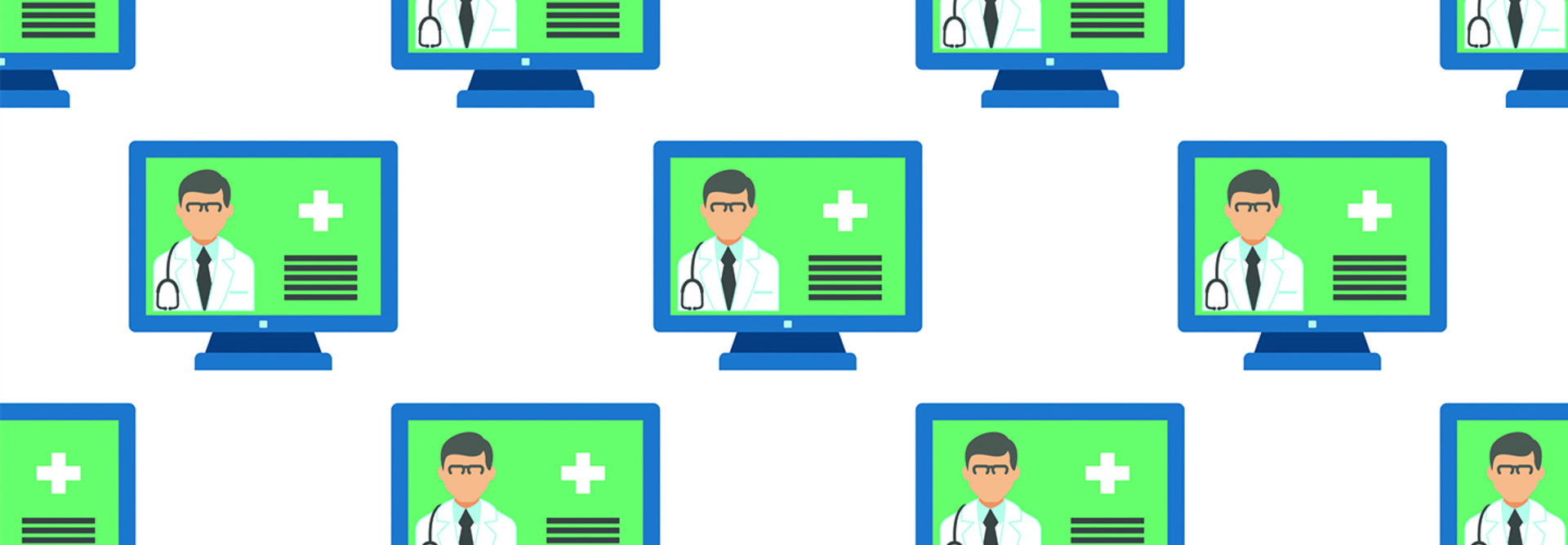“There has been a lot of conversation about the digital-first access at health systems, but there’s not a single front door,” Sara Vaezy, chief digital strategy and business development officer at Renton, Wash.-based Providence, the first system in the U.S. to treat a COVID-19 patient.
“There are several potential points of entry, and access is essential.”
Appearing as part of a webinar panel hosted by mHealthIntelligence, Vaezy and other healthcare leaders spoke about their pivots to virtual care as COVID-19 cases surged, and offered advice for systems building out their virtual platforms in 2021.
Adopt a Digital-First Approach to Attract and Retain Patients
Before COVID-19, fewer than 1 percent of Providence patients were using virtual platforms for visits — yet that number grew to more than 60 percent during the first wave of COVID-19, Vaezy said. Nearly 80 percent of that group had never tried telehealth in any form.
That’s why providers must strive to create a positive first impression, even as telehealth plans and infrastructures evolve in real time. Delivering a safe, seamless experience is key to building patient trust and sustaining demand for virtual care.
This involves preappointment outreach, simple instructions for getting connected and a robust online platform to guide the steps that precede and follow a telehealth visit.
“Heading into this next phase, how do we have a digital-first approach to get people to the right place?” Vaezy said. “Creating access to new and commercially insured patients will be essential to our business model. Our goal is to take the fragmented ecosystem, make sense of it, make it easy to for patients and providers.”
Train Providers to Deliver Optimal Virtual Care Experiences
It’s important for clinicians to understand how to facilitate virtual care for patients in a way that feels as close as possible to an in-person visit. Doing so means staffwide training and ensuring providers are equipped with the proper devices, connectivity and cybersecurity training when working from home.
URGENT CARE: How does a ‘tele-triage’ model work in the emergency department?
Wendy Horn, vice president of business development at Indiana-based Community Health Network — which operates nine hospitals across the state — told the webinar audience that her staff has been preparing for disruption and positioning employees to be agile.
“To be relevant in the future, we have to be the navigators, aggregators and coordinators of these new services,” Horn said. “We’ve working with providers and helping them as their role is changing to skill up so that we can hold and grow virtual care. This will give our patients options for when and where they want to be seen. “
Supplement Service with Automation and Self-Guided Tools
More than three-quarters of digital platforms at Kaiser Permanente are powered in some way by artificial intelligence and machine learning, Madhur Pande, the organization’s director of digital product management, said in the webinar.
Health systems might consider automation to expedite user-facing services or deploy chatbots to analyze a patient’s symptoms for COVID-19, for instance. Telehealth can still be an ultimate destination, but these efforts can alleviate the burden on busy clinicians while ensuring visitors get the answers they need.
“COVID-19 is one of the biggest health disruptors we’ve seen.” Pande said. “Consumer expectations and behaviors are here to stay. They are expecting more choices, high-quality care and easier ways to access care.”
Going forward, enhancements such as contactless interaction, remote access and improved navigation on digital platforms will be expectations from patients, she added.













